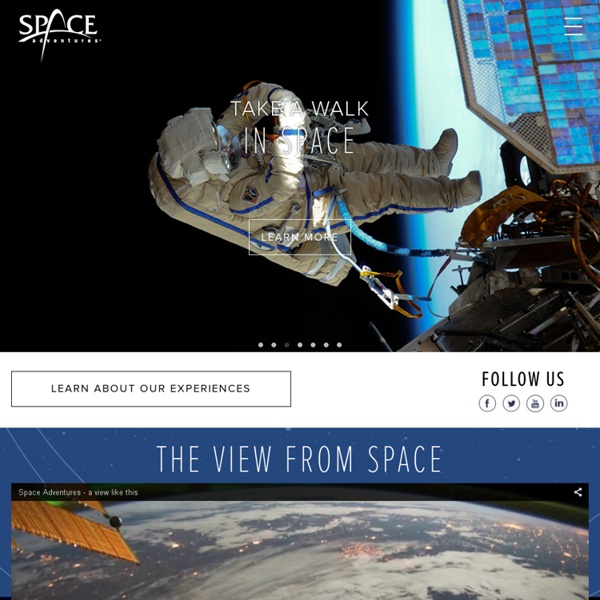



Virgin Galactic Hubble Captures Time-Lapse Videos Of Stars Being Born : The Picture Show The birth of star is just as traumatic as the birth of a person, only on a much larger scale. For years, astronomers have known that newly formed stars fire powerful beams of gas into space called "protostellar jets." Because almost every young star forms these jets, astronomers have been desperate to get a better understanding of their evolution and their role in the star formation process. Until recently, however, astronomers had to be content with simple snapshots of the infant stars and their jets — not a great help when it comes to understanding how something moves. Now, using pictures taken by the Hubble Space Telescope across more than a decade, my colleagues and I have been able to create movies of the jets. Pat Hartigan of Rice University and I (along with other collaborators) produced movies that provide a new perspective on protostellar jets as they blast away from their newly formed stars.
Crash de Virgin Galactic : pourquoi le tourisme spatial ne s'arrêtera pas là - L'Obs Le dramatique accident du SpaceShipTwo de Virgin Galactic vendredi, suivant de peu l'explosion au décollage de la fusée Antarès ont marqué une semaine noire pour les entreprises impliquées dans la conquête spatiale. Si l'heure est au deuil, de nombreuses questions restent en suspens, et notamment l'avenir du privé dans l'espace, et celui du tourisme spatial. Comme à chaque fois qu'une catastrophe se produit, on a beaucoup d'informations partielles, de réactions à chaud, et il est parfois difficile de s'y retrouver. SpaceShipTwo : l'enquête prendra un an Les causes du crash qui a tué un pilote et blessé un autre ne sont pas encore connues, et les hypothèses vont bon train. - Le premier à être montré du doigt est le carburant. - Le moteur est également mis en cause. - Un problème avec la queue de l'appareil pourrait s'être produit. Virgin Galactic veut aller de l'avant Space is hard - but worth it. Un coup d'arrêt au tourisme ? Le privé a déjà mis plus qu'un pied dans l'espace.
SpacePlane - EADS ASTRIUM Un voyage dans l’espace. C’est désormais possible, et bientôt, sans doute, relativement accessible. Mais en construisant son Spaceplane, Airbus Defence and Space ne mise pas seulement sur le développement du tourisme spatial. Car les possibilités de cet avion dépassent très largement la simple balade extra-terrestre. Ses concepteurs ont d’ores et déjà imaginé d’autres missions et perspectives dans le futur. Il faut dire que, pour étudier la mécanique des fluides, la biologie, la physiologie humaine, la combustion, ou encore la physique fondamentale, les chercheurs ont parfois besoin de recréer des conditions d’apesanteur. Principal écueil, cette phase en apesanteur se limite à 20 secondes et doit se répéter de nombreuses fois pour une expérimentation de quelques minutes. Découvrez en cliquant ci-dessous l'animation présentant les différentes phases du SpacePlane : Autre objectif : la mise en orbite de petits satellites. Video: Voler jusqu’à l’apesanteur
Guide du Tourisme Spatial - Le Tourisme Spatial